Exploring the Versatility of Aluminum Rigging
Aluminum rigging encompasses a broad category of components essential for various industrial and commercial applications. This lightweight yet robust material is integral to sectors such as construction, office furniture design, interior decor, and automotive manufacturing. Aluminum's malleability allows it to be shaped into diverse forms, including but not limited to L-angled brackets, square tubing, and solid round tubes. Its adaptability makes it a staple in intricate engineering projects.
Types and Forms of Aluminum Rigging
The array of shapes that aluminum rigging can take is extensive. From T-shaped bars to J caps and Z clips, each form serves a specific function in its respective field. For instance, sliding track systems and framing systems are pivotal in creating modular and flexible structures. The utility extends to components like wheels and gaskets, down to the minute but crucial door locks. The commonality across these forms is the use of 6000 series grade aluminum alloys, known for their excellent balance of strength and workability.
Applications and Features
Aluminum rigging's applications are as varied as its forms. In construction, its strength and lightness contribute to safer, more efficient building techniques. Office furniture benefits from aluminum's sleek aesthetics and durability, while in the realm of interior design, it offers a modern touch with functional benefits. The automotive industry relies on aluminum for reducing vehicle weight without compromising safety or performance. Even in plumbing, aluminum's resistance to corrosion makes it a reliable choice for fixtures and fittings.
Material Specifications and Surface Treatments
Aluminum rigging profiles typically range in thickness from 0.2mm to 20mm, with a temper spectrum of T3 to T8, catering to the demands of different stress levels and applications. Surface treatments are diverse, including options like powder coating, PVDF coating, and anodizing. Each treatment enhances aluminum's natural properties, such as increasing corrosion resistance or adding aesthetic appeal. For instance, electrophoresis and polishing result in a shiny finish, while sandblasting offers a matte texture. Unique finishes like wood printing can mimic the texture of real wood, ideal for decorative purposes.
Customization and Color Variations
Customization is a key aspect of aluminum rigging, allowing it to meet specific project requirements. Surface treatments not only serve protective and aesthetic functions but also offer a spectrum of color choices. Whether the need is for a classic silver tone or a vibrant blue, the aluminum can be tailored to fit the visual design of any application. This versatility ensures that aluminum rigging can seamlessly integrate into the desired environment, enhancing both functionality and style.
Choosing the Right Aluminum Rigging
Selecting the appropriate aluminum rigging requires consideration of the application's specific needs, including weight, strength, corrosion resistance, and aesthetic appeal. Alibaba.com's platform facilitates this selection by connecting buyers with a diverse range of suppliers offering various forms and finishes of aluminum rigging. By browsing the extensive catalog, buyers can find the right components to bring their projects to fruition.

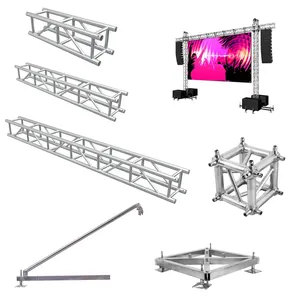











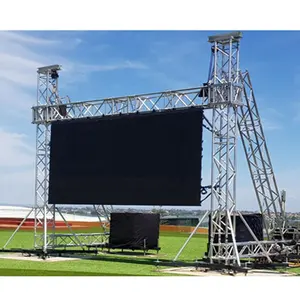
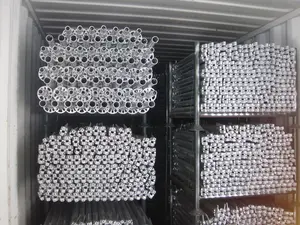
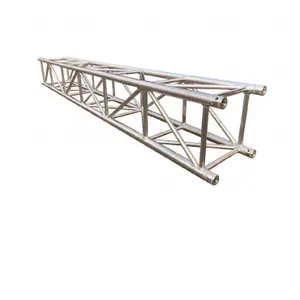
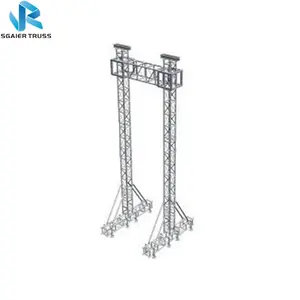

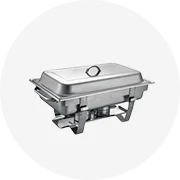
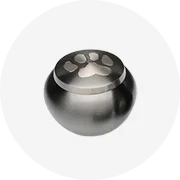
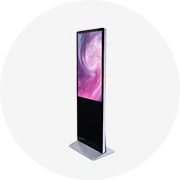


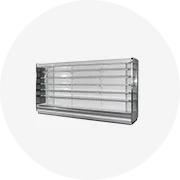
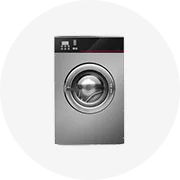

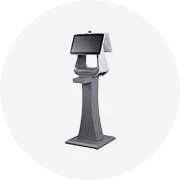
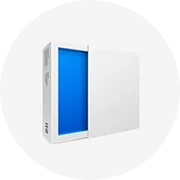









 浙公网安备 33010002000092号
浙公网安备 33010002000092号 浙B2-20120091-4
浙B2-20120091-4